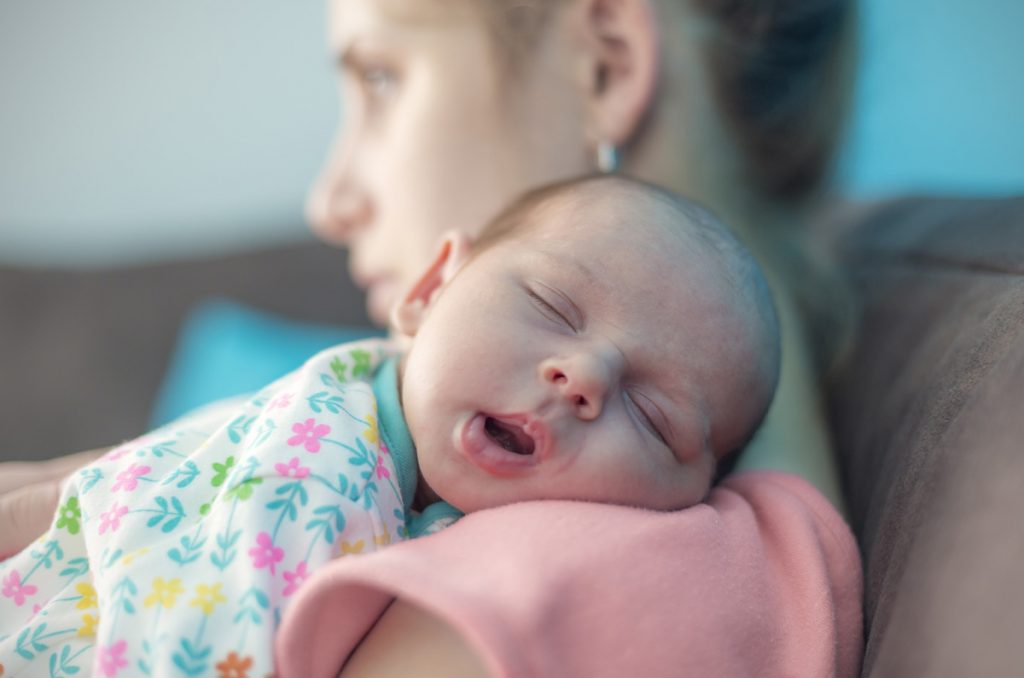Neonatal care is essential for infants born premature or are sick. Babies admitted for neonatal care typically have a low birth weight, premature, or have a medical condition that requires hospitalization. Neonatal care is necessary to reduce the risk of complications in taking care of these infants.
While these infants require a neonatal nurse practitioner, there are instances when one is not available. This may result in issues in the care of these infants. But latest innovations can assist neonatal nurse practitioners in their jobs.
The following are some innovations that can help in taking care of infants who are in neonatal care. These innovations can help neonatal nurse practitioners diagnose and treat some conditions that premature babies may experience.
Phototherapy
Phototherapy is a treatment that uses a special type of light for babies who are born with jaundice. These babies have an excess amount of bilirubin in their blood. The light can lower levels of the chemical through a process called photo-oxidation. The treatment dissolves bilirubin in water by adding oxygen to the chemical.
A phototherapy session involves putting the infant in an incubator or bassinet and letting the light cover them. The procedure allows the infant to excrete the excess chemical in their urine or stool. To ensure the infant’s safety, neonatal nurse practitioners expose a good amount of the skin of the infant. They also cover the eyes of the infant and ensure they have a proper diet. The neonatal nurse practitioners also measure the level of bilirubin every day.
Aside from the standard phototherapy method, neonatal nurse practitioners also use fiberoptic phototherapy, where the infant lies on a blanket with fiberoptic cables. The light shines on the back of the infant in this treatment, which is typically used at home. Even as this technique is effective, it takes a longer time than the conventional phototherapy technique.
Alternative to Incubation
Many premature babies typically go to the neonatal intensive care unit (NICU) of a hospital since they require round-the-clock care. While infants born in hospitals with a NICU are lucky, some hospitals may not have a NICU. In these instances, the neonatal nurse practitioner can guide the mothers in using skin-to-skin contact techniques to take care of their babies.
The Kangaroo Mother Care (KMC) technique is an alternative to using an incubator, which is typically found in NICUs. The mothers can wrap their babies with a hooded towel and hold them close to their chest. The warmth and heartbeat of the mothers simulate their womb. Continuous contact with the mother can help regulate the body temperature of the baby. It also promotes bonding between the baby and mother and prevents infections that babies may contract during the first few weeks of their lives.
Using the KMC technique is ideal for hospitals that do not have an incubator. It can save the lives of preterm babies. Around one million preterm babies die every year due to the lack of facilities. Using the KMC technique can help reduce this number. Several countries without the facilities to take care of preterm babies are currently using this technique.
Heart Rate Observation System
The Heart Rate Observation System is a monitoring technology that allows neonatal nurse practitioners to detect any changes in the heartbeat of preterm babies. These changes can show signs of major infections that are dangerous for babies that weigh less than three pounds when they are born.
The system’s algorithm allows it to detect these changes and allow the neonatal nurse practitioner to act and prevent the condition from becoming worse. With infection among the leading causes of death of preterm infants, NICUs need to continuously monitor these infants’ health. The system allows neonatal nurse practitioners to identify subtle changes in the health of infants.
Pea Pod
The Pea Pod is a device that allows neonatal nurse practitioners to determine the body composition of infants without putting stress on them. The device uses air displacement when it measures the body mass of infants. It can easily accommodate all types of infant behaviors and takes around seven minutes to take measurements.
The chamber of the device is ventilated and has carbon dioxide sensors to ensure the infant’s safety. Additionally, the software guides neonatal nurse practitioners when they use it to make the necessary measurements. The measurements it makes are also accurate. It is also durable and designed to last.
Taking care of premature infants is important since they normally have a higher risk of dying if they do not receive suitable care. The latest innovations in neonatal care have made the work of neonatal nurse practitioners easier and allowed premature infants to grow up and live healthy lives.



